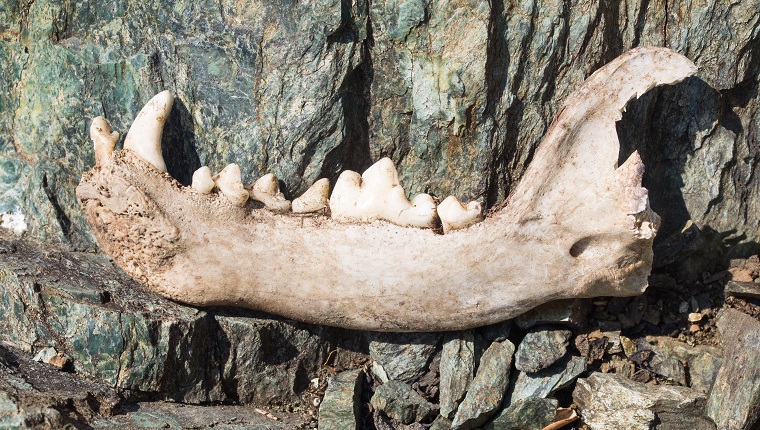Researchers believe a recently discovered jawbone, found in Costa Rica, may be evidence of the earliest domesticated dog in the Americas. If research proves that to be true, it would mean humans existed in Central America 2,000 years sooner than originally thought.
Remains found in Alaska, dating back 10,500 years, were previously believed to be the oldest record of both humans and domesticated dogs in the Americas.
According to a report from AFP, though, researchers may have found a dog jawbone that would push that timeline back about 2,000 years.
There’s More To This Bone Than We Thought
12,000 years of table scraps: Researchers may have found the Americas’ oldest dog – CNET https://t.co/TO4SxypGXm
— GeekinfoNow (@GeekInfoNow) October 12, 2021
Discovered in Costa Rica, researchers originally thought the jawbone belonged to an early coyote. However, obvious indications proved that to be unlikely on further analysis.
For instance, domesticated dogs simply don’t have as sharp of teeth, and their jaws have a different evolution due to survival needs.
“We thought it was very strange to have a coyote in the Pleistocene, that is to say, 12,000 years ago,” Guillermo Vargas, a Costa Rican research analyst told AFP. “The dog eats the leftovers from human food. Its teeth are not so determinant in its survival.”
Dogs Shaping History… Again
The dogs, and their masters, potentially lived alongside giant animals, researchers say. | @AFP https://t.co/CetXybd1bb
— Inquirer (@inquirerdotnet) October 12, 2021
The jawbone is still under analysis, with Oxford University offering to date-test for accuracy. However, researchers believe that this is evidence of the earliest domesticated dog in the Americas.
And the importance of this is, of course, where there are domesticated dogs, there are humans. As we know, the two have walked hand-in-paw across history.
“There have never been dogs without people,” said Valadez.
This is far from the first time that dog history has remapped our own human history. In fact, archaeologists recently used DNA from dog remains discovered in Russia to uncover a 7,000-year-old trade network between ancient Arctic and Siberian people and the outside world!
Does it surprise you that both humans and dogs have been side-by-side for thousands of years? What do you think we can learn about human history from studying dogs? Let us know in the comments below!









